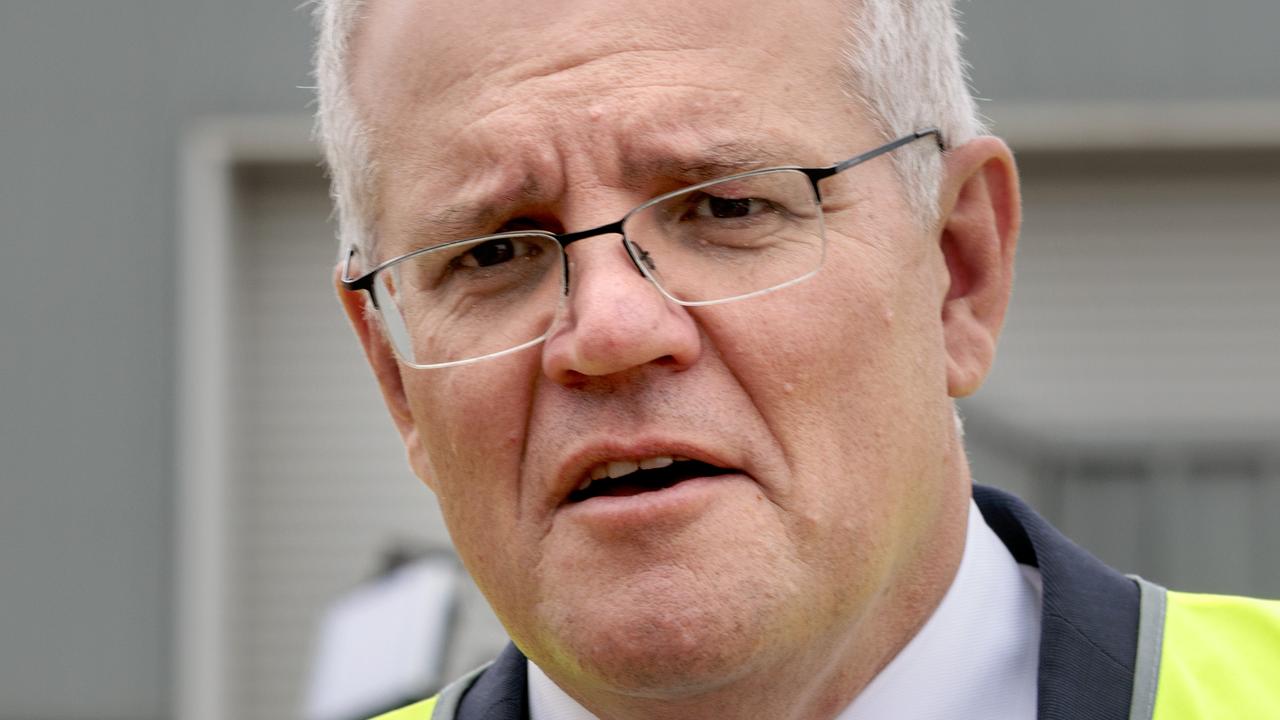The crisis that’s being ignored on the election trail, hitting one of Australia’s biggest regions
The election is well under way, but one party isn’t talking about a worsening crisis that’s particularly hitting one of Australia’s biggest regions.
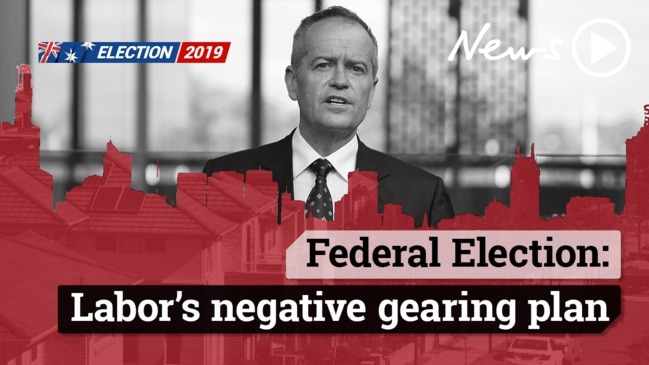
It’s an issue impacting countless Australians that’s sparking a worsening crisis in one of the country’s most populated regions, yet it’s received little attention from one major party.
The Coalition has announced bits and pieces of policy so far, from roadside rest stops to tax cuts, but housing affordability has been largely ignored.
And a new report about housing stress in the enormous western Sydney region highlights why it should be an issue that’s front and centre.
More than 110,000 households within the western footprint outside the New South Wales capital are currently experiencing housing stress, representing half of the total population.
Housing stress refers to a scenario when the cost of either rent or mortgage repayments is more than 30 per cent of a household’s income.
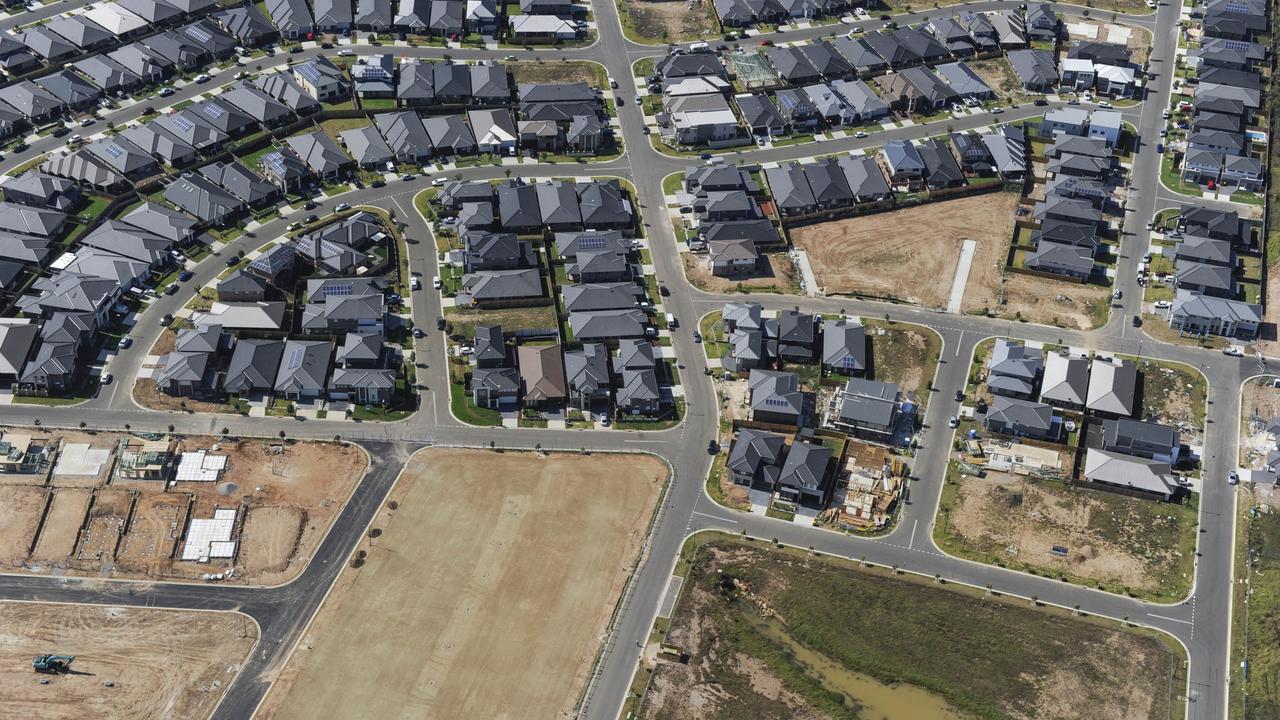
Wentworth Community Housing and Western Sydney Community Forum released its report on housing affordability and homelessness, which shows that rental costs have increased at a faster rate than incomes.
Most areas in the west have a larger gap between rent and income than the rest of greater Sydney, it found. Of all renting households, 32.8 per cent are in rental stress — one of the drivers of a sharp increase in rates of homelessness since 2011, the report said.
“In 2016, it was estimated that there were over 14,000 people experiencing homelessness in western Sydney, an increase of more than 5000 people or 57.8 per cent since 2011,” the report said.
“The current social and affordable housing supply only met 40.6 per cent of the total demand.
“Almost 6500 additional social and affordable housing dwellings are needed per year to meet the forecast demand in 2036.”
RELATED: Negative gearing and capital gains tax policies explained
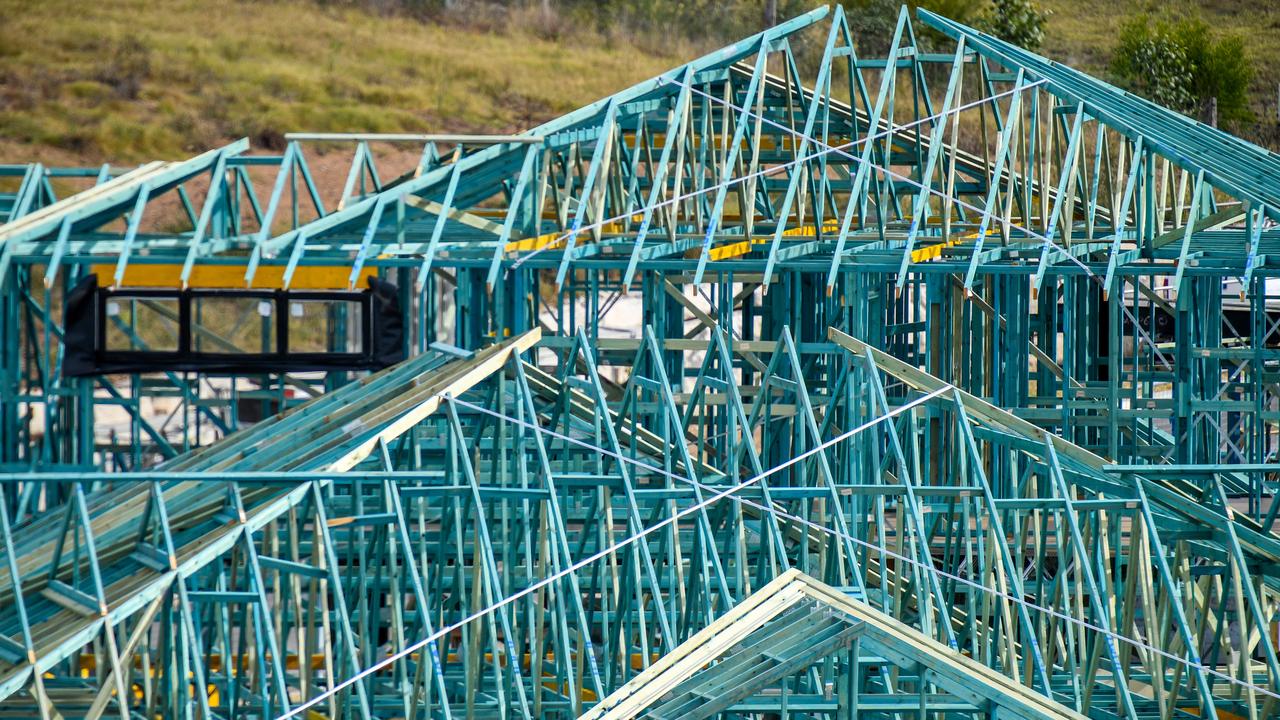
Home sale prices grew at a raster rate in Sydney’s west than elsewhere in the city.
Labor has announced it will dramatically scale back negative gearing perks for property investors, which allow landlords to claim losses against their taxable income.
If it wins government, it will change the rules so negative gearing can only be used by investors who purchase newly built property, which it says will boost housing supply.
Experts are sceptical about the extent of the impact this could have on house prices and rental costs.
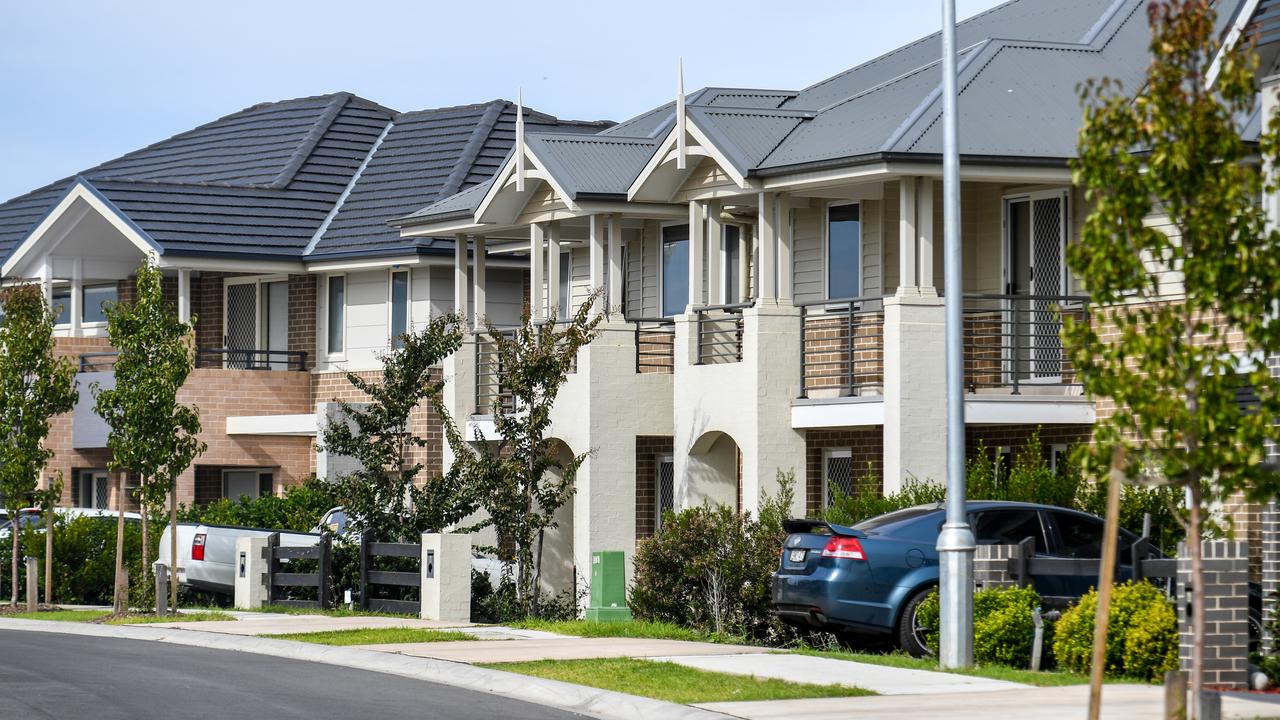
Doug Cameron, Labor’s spokesman for Housing and Homelessness, said it had previously announced a plan to increase community housing stock across the country by 250,000 dwellings over 10 years.
“Bill Shorten and Labor will improve fairness and reduce inequality by reforming negative gearing and capital gains tax concessions, invest $6.6 billion over a decade in new affordable rental homes, and develop a national plan to address homelessness,” Mr Cameron said.
RELATED: Stay up to date with what matters on our federal election page
“The Liberals see housing policy as providing the world’s most generous tax concessions for wealthy investors buying their fifth, sixth and seventh property — at the expense of renters, first-home buyers and vulnerable Australians in need.”
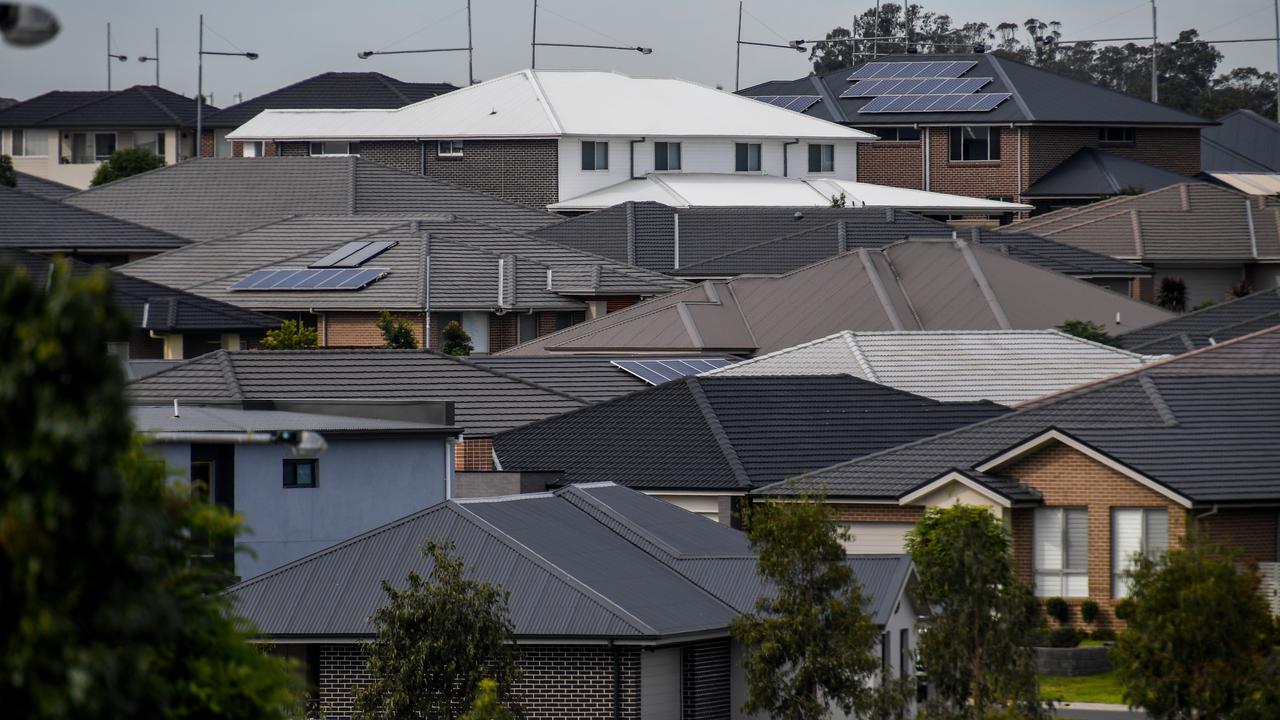
The Coalition has not made any commitments on housing to date and is strongly opposed to Labor’s negative gearing changes, as well as its plan to scale back capital gains tax concessions.
Although, it does have an existing scheme it says is helping first homebuyers get into the market — the First Home Super Savers Account.
It allows people to salary sacrifice up to $30,000 per person for a home deposit.
The Coalition is yet to make announcements on broader housing affordability policies on social housing stock.


